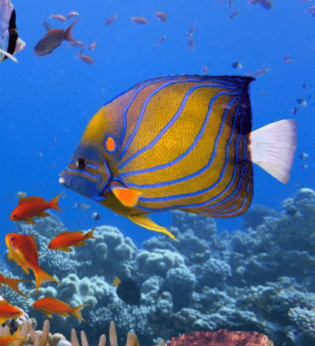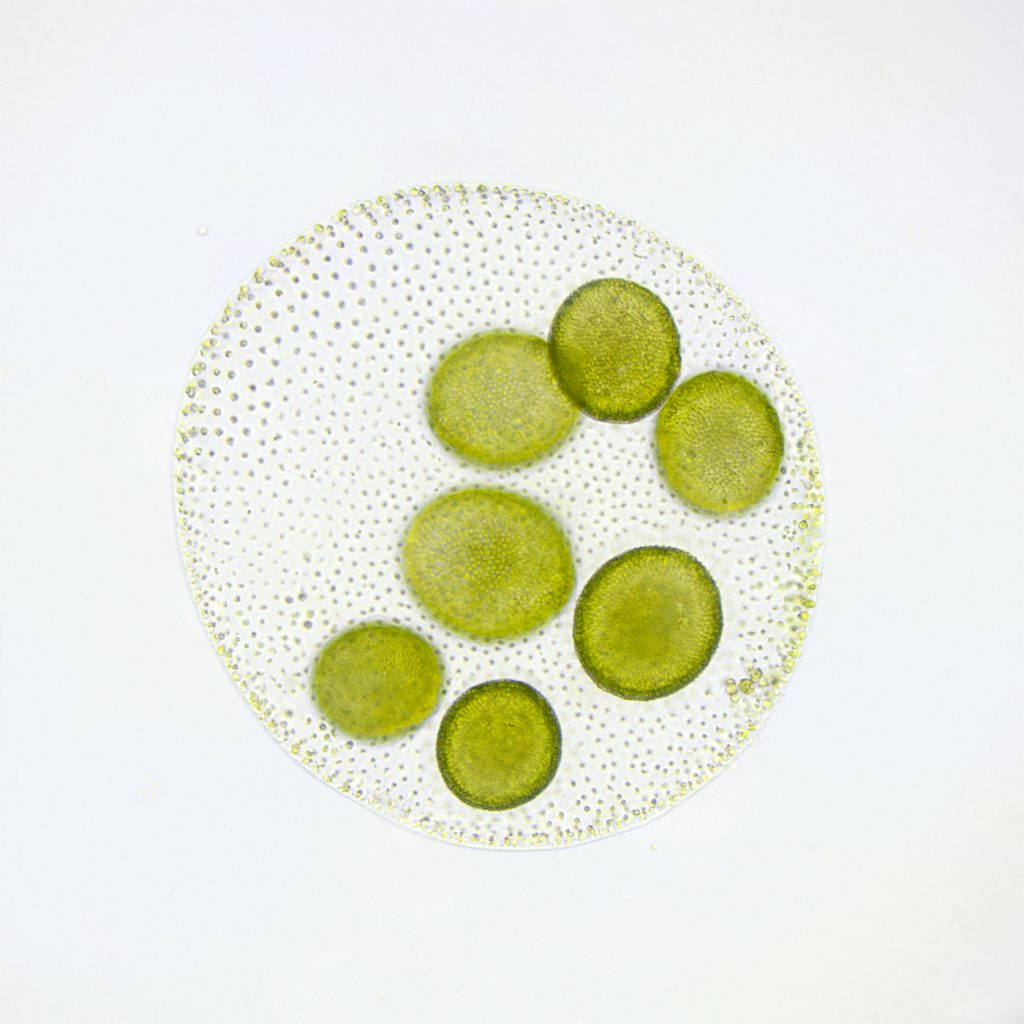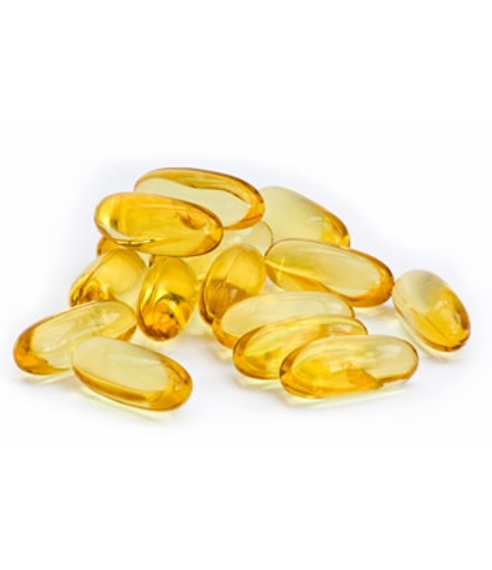Is a can of tuna on your shopping list? Although choosing a can of tuna appears to be a simple task, the assortment of labels and claims can be bewildering. What do you really need to know?
A deep dive into tuna involves 3 topics: mercury levels, omega-3, and sustainability. A little bit of knowledge will help you wade through the confusion and make the best choice.
Minimizing Your Mercury Intake
Fish accumulate mercury that leaches into the water from both airborne pollution and sewage sludge. Once mercury enters the water, it forms an organic compound called methylmercury that easily accumulates in tissues. A key point is that larger, older fish tend to have more more concentrated levels of mercury than smaller, younger fish.
Albacore, or white tuna (which comes in “chunk” and “solid” varieties) are the big fish in the tuna world, with an average weight of up to 45 pounds. Consequently, albacore has the highest mercury level of all the canned tunas.
For that reason, the Environmental Protection Agency recommends that pregnant and breastfeeding mothers limit their intake of albacore tuna in particular to no more than 6 ounces a week.
Skipjack, or light tuna, tend to be much smaller fish than albacore, with a typical weight of up to 12 pounds. The amount of mercury in a given weight of skipjack tuna is about 1/3 that of albacore tuna.
Which Fish Have the Most Omega-3?
Skipjack, or light tuna, has a lower level of Omega-3 than albacore, but is still a rich source of the most efficiently used Omega-3s (EPA and DHA). Fish with even higher levels of Omega-3 than tuna are wild salmon, rainbow trout, and sardines.
What About Sustainability?
Brand really matters here. Some brands are known to use fish caught in giant nets that use “fish aggravating devices” that, in addition to tuna, trap a large number of other species, including dolphins. The most responsible fishing methods use “pole and troll,” two systems that minimize trapping of other fish. The brands that do a better job with responsible fishing methods tend to advertise “pole and troll” on their labels.
Greenpeace assembles a list of tuna brands based on catch method (see link at the end of this article). Some of the most well-known brands are rated poorly by Greenpeace.
Practical Tips
For those who eat fish, canned tuna can be an excellent choice for both price and convenience. But many people, when faced with the dizzying variety of choices on the supermarket shelf, instinctively reach for the lowest price or most familiar brand. But there’s much more to consider.
Health attributes—both personal and global—vary widely. And sustainable fishing practices are important. My advice is to stick to skipjack (also known as “light” tuna) because of the much lower mercury content, and to look for “pole and troll” on the label.
References:
Greenpeace Evaluation of Tuna Brands
EPA Advisory on Mercury During Pregnancy/Lactation
Research Study of Mercury in Tuna
Environmental Working Group’s Consumer Guide to Seafood
Interested in eating better for your own health?
Learn the essentials of good nutrition in our interactive, user-friendly nutrition learning program for the public.
Clinicians: Do you feel confident responding to patient questions about nutrition?
Take our award-winning condensed interactive nutrition CME—and learn what every clinician should know about nutrition.



